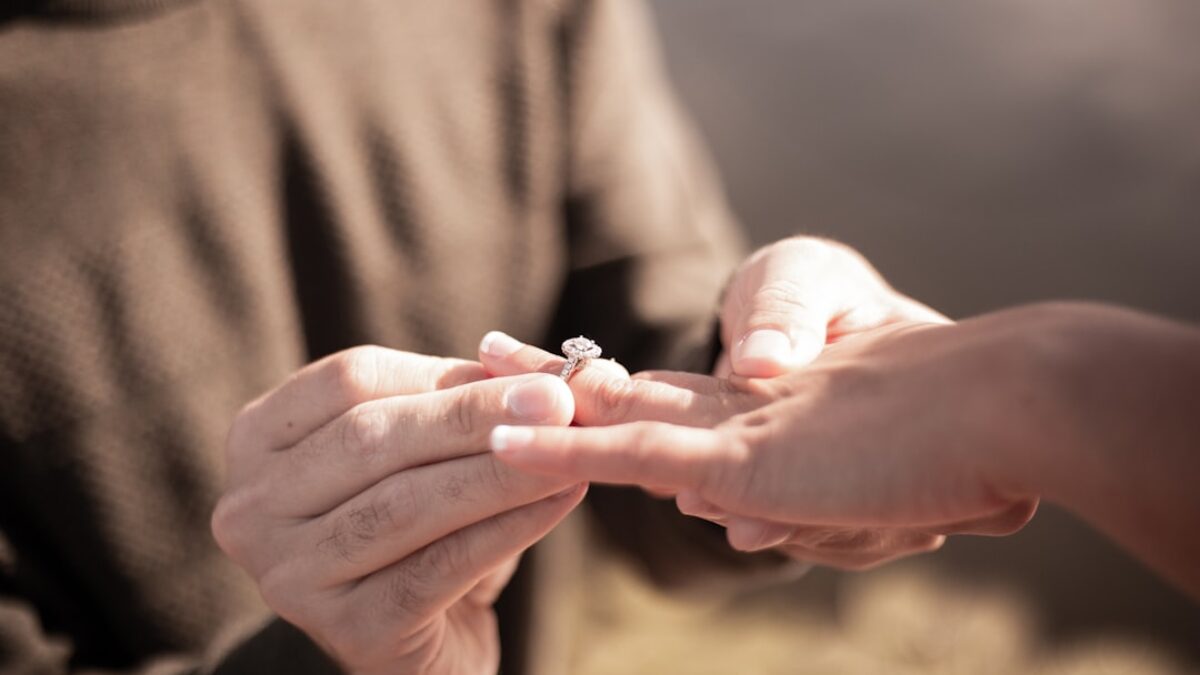Prayer is the very first gift that Allah Subḥānahu wa Taʿālā gives a Muslim child after the Shahādah. When we teach Salah for kids in a way that is lively, colorful, and story-driven, we plant seeds of love that blossom into lifelong devotion. This fun step-by-step prayer guide—with imaginative “picture prompts” you can draw, print, or visualize—turns every wiggle and giggle into sujūd, every hop into rukūʿ, and every whisper of “Allāhu Akbar” into pure joy.
Understanding Salah for Children
What Is Salah and Why Start Young?
Salah is the second pillar of Islām, our direct phone line to Allah five times a day. Children are born on fiṭrah—a natural inclination to worship—so guiding them early is not an extra chore but a celebration of who they already are. When we introduce prayer as “the time when we pause our toys to hug Allah with words and movements,” we translate theology into toddler-friendly excitement.
The Power of Play-Based Learning
Neuroscience shows that children under seven learn best through visual, auditory, and kinesthetic play. By pairing each prayer step with a memorable picture—a sun wearing sunglasses for Fajr, a picnic basket for Ẓuhr, a teapot for ʿAṣr, a glowing lamp for Maghrib, and a cuddly star for ʿIshāʾ—we anchor abstract concepts in colorful brain images.
Key Components of a Child-Friendly Prayer Guide
1. The Five Daily Appointments with Allah
- Fajr – The “Wake-Up Whisper” (before sunrise)
- Ẓuhr – The “Lunchtime Launch” (after midday)
- ʿAṣr – The “Playground Pause” (mid-afternoon)
- Maghrib – The “Sunset Salute” (just after sunset)
- ʿIshāʾ – The “Pajama Prayer” (nightfall)
2. Wudūʾ: The Magical Water Adventure
Picture Prompt: “The Rainbow Splash Map”
- 1. Hands to Elbows – Imagine painting gloves of water up to each elbow.
- 2. Mouth & Nose – Pretend to rinse away tiny sugar bugs three times.
- 3. Face – Draw a glittery smile from ear to ear.
- 4. Arms to Elbows – Slide water like rocket ships from fingertips to elbows.
- 5. Head & Ears – Pat a shiny crown and polish tiny satellite dishes (ears).
- 6. Feet to Ankles – Wash each foot like bathing a giggly puppy.
3. Facing the Kaʿbah: The “Treasure Compass”
Print or draw a simple compass rose taped to the wall. Let the child stick a gold star sticker toward Makkah, then stand on their own “prayer island” mat shaped like a ship’s deck.
4. The Four Famous Positions with Picture Names
| Arabic Term | Kid-Friendly Picture Name | Action Snapshot |
|---|---|---|
| Qiyām | Mountain Pose | Stand tall like a superhero mountain, feet together, palms open. |
| Rukūʿ | Horseshoe Bend | Bend halfway, back flat, hands on knees like a horseshoe magnet. |
| Sujūd | Butterfly Landing | Knees, nose, and hands touch the ground like a butterfly resting. |
| Julus | Storybook Sit | Sit on left foot, right foot up, hands on thighs—ready for a fairy tale. |
5. The Surahs and Duʿās: Sticker Chart Verses
Create a “Surah Staircase” poster where each step is a surah the child colors after memorizing. Start with the tiny ones:
- Al-Fātiḥah – “The Opener Express” train.
- Al-Ikhlāṣ – “The Diamond Sūrah” (pure like a diamond).
- Al-Falaq & An-Nās – “Shield Twins” protecting from scary dreams.
Benefits and Importance
Spiritual Growth
Early Salah cultivates taqwā: an inner radar that feels Allah’s loving presence all day. Kids learn that sins feel like sticky mud, while prayer washes it off instantly.
Cognitive Boost
- Memory Training: Reciting surahs sharpens working memory like mental gymnastics.
- Discipline: Five daily alarms teach time-management long before homework clocks.
- Mindfulness: The rhythmic cycle of standing, bowing, and prostrating mirrors calming breathing techniques used in modern mindfulness curricula.
Emotional Security
When a child says, “I told Allah about my lost teddy,” they learn that no feeling is too small for the Creator. This builds resilience against playground stress and bedtime fears.
Family Bonding
A family prayer rug becomes a “picnic blanket of duʿā.” Parents and siblings line up like colorful beads on a string, reinforcing identity and belonging.
Practical Applications
Creating the “Prayer Playroom”
- Designated Corner: A low shelf with folded mini-mats, tiny turbans or prayer caps, and a basket of picture books like “My First Qur’an Storybook.”
- Soundtrack: A gentle mp3 playlist of melodious adhārecordings—one track per prayer—so the child learns to recognize each call.
- Visual Timetable: A magnetic board with five animal magnets: Rooster (Fajr), Camel (Ẓuhr), Fox (ʿAṣr), Firefly (Maghrib), Owl (ʿIshāʾ).
Step-by-Step Game: “Salah Simon Says” How to play:
- Parent says, “Simon says, Allāhu Akbar!” Child raises hands to ears like rabbit antennae.
- Next command: “Simon says, recite Al-Fātiḥah like a robot.” Monotone recitation becomes giggle-worthy.
- End with “Simon says, butterfly landing!” for sujūd.
DIY Picture Cards
Print free coloring sheets from Islamic websites, color them together, then laminate to make flashcards. Each card shows:
- Front: Cartoon position (e.g., child in horseshoe bend)
- Back: Arabic term + short rhyme (“Rukūʿ, rukūʿ, like a horseshoe, I bow low to Allah too!”)
A Week-Long Salah Adventure Plan
| Day | Focus | Fun Task | Sticker Reward |
|---|---|---|---|
| Monday | Wudūʾ Art | Paint water cycle diagram | Blue droplet |
| Tuesday | Qiyām Power | Measure height before & after standing tall | Mountain peak |
| Wednesday | Rukūʿ Relay | Family race to best bend | Horseshoe magnet |
| Thursday | Sujūd Secret | Place wish note under forehead | Butterfly sticker |
| Friday | Julus Story | Recite tiny khutbah to teddy bears | Storybook |
| Saturday | Surah Song | Record voice reciting Al-Ikhlāṣ | Golden star |
| Sunday | Full Salah | Lead one full rakʿah | Big rainbow badge |
Common Challenges & Creative Solutions
- “I’m too tired for Fajr.” Create a “Fajr Friend” plush rooster that only sings when the child wakes up to pray.
- “I forget the order.” Use LEGO bricks: green for standing, yellow for bowing, red for prostration, blue for sitting.
- “I feel embarrassed at school.” Gift a mini-prayer-mat keychain so the child can proudly show friends, turning difference into delight.
Frequently Asked Questions
At what age should I start teaching my child Salah?
Begin familiarization at age three through playful demonstrations. At age seven, encourage consistent practice, and by age ten gently enforce it, following the Prophet’s advice: “Command your children to pray when they are seven…”
My toddler can’t sit still. What should I do?
Turn wiggles into worship! Allow short standing cycles only. Use a soft timer that flashes green for each position. Gradually lengthen the green light as focus grows.
How can I make Wudūʾ easier for kids with sensory issues?
Use warm water in a colorful bowl, scented with a drop of rose water for calming input. Provide a soft microfiber towel labeled “Muslim superhero cape” to dry off.
Can girls lead other girls or their younger brothers in Salah?
Yes! In a non-congregational family setting, girls may lead other females and pre-pubescent males. The Prophet ﷺ allowed Umm Waraqah to lead her household.
What if my child mixes up Arabic words?
Applaud the attempt! Correct gently with a smile, then create a “Mistake Medal” awarded for every brave try, fostering growth mindset over perfectionism.
How do I maintain enthusiasm during vacations or travel?
Pack a “Journey Salah Kit”: a foldable mat with a built-in compass, travel-size Qur’an, and a small flashlight for Maghrib in the wilderness. Transform roadside rest areas into mini-masjids.
Should I reward my child with money or treats for praying?
Shift from extrinsic to intrinsic rewards. Instead of candy, offer spiritual currency: extra bedtime story duʿā, choosing the adhāringtone, or placing their name on a “Wall of Light” chart.
Conclusion
Teaching Salah for kids is not about drilling rituals; it is about crafting a lifelong love story between a child and their Creator. With picture-filled maps, LEGO choreography, butterfly landings, and roaring-camel timetables, every takbīr becomes a giggle, every sujūd a secret garden. Remember: the goal is not perfect form but perpetual connection. When the day arrives that your child calls you to prayer instead of the other way around
























Post Comment